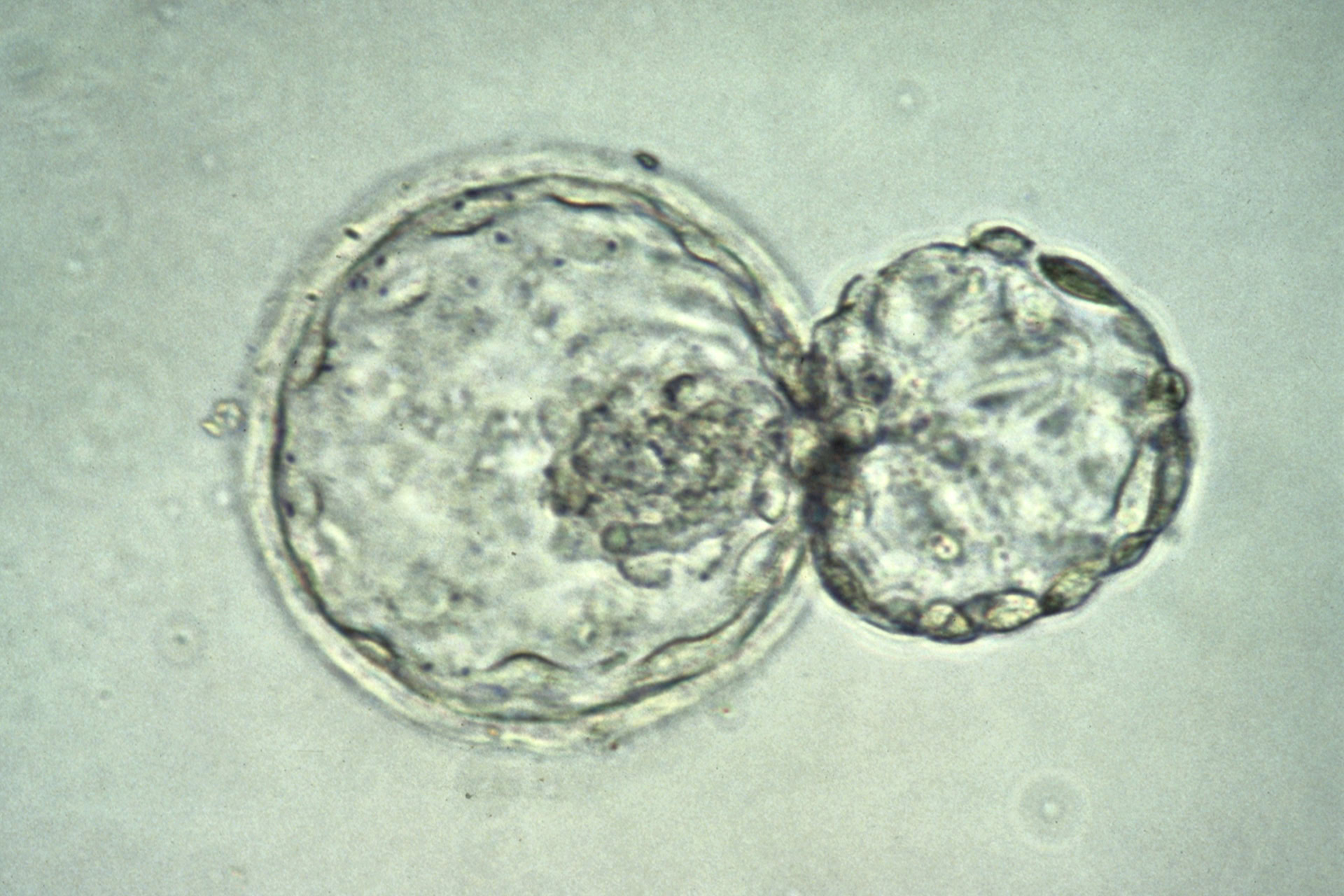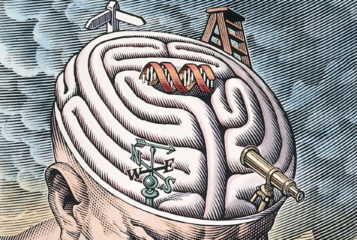For the first time, an artificially create a mouse embryo has successfully passed a critical developmental milestone in the lab.
Gastrulation is a process during embryonic development in which the embryo transforms from being a single layer of cells to three layers, known as endoderm, mesoderm and ectoderm. This process is essential for the development of an organism and has never before been demonstrated in an artificially created embryo.
'Our artificial embryos underwent the most important event in life in the culture dish. They are now extremely close to real embryos,' said Professor Magdalena Zernicka-Goetz, who led the study at the University of Cambridge.
The researchers had previously worked on a simpler structure of a mouse embryo consisting of two types of stem cells and a 3D jelly scaffold. In the new study – published in Nature Cell Biology – they used all three types of stem cells: embryonic stem cells that will form the future organism, extraembryonic trophoblast cells that form the placenta and primitive endoderm cells that develop into the yolk sac for nutrient supply.
'Proper gastrulation in normal development is only possible if you have all three types of stem cells. In order to reconstruct this complex dance, we had to add the missing third stem cell,' said Professor Zernicka-Goetz. 'By replacing the jelly that we used in earlier experiments with this third type of stem cell, we were able to generate structures whose development was astonishingly successful.'
The embryos that resulted from these experiments underwent gastrulation in a very similar way to real mouse embryos with respect to timing, architecture and gene pattern activity, leading to a display of the three body layers of all animals.
The researchers hope that this new model will be of use to study early human embryonic development. Current British regulations only allow for the study of human embryos for the first 14 days of their development after which they must be destroyed. Artificial embryos using human cells could possibly allow for analysis of embryos beyond this point.
'The early stages of embryo development are when a large proportion of pregnancies are lost and yet it is a stage that we know very little about,' said Professor Zernicka-Goetz. 'Now we have a way of simulating embryonic development in the culture dish, so it should be possible to understand exactly what is going on during this remarkable period in an embryo's life, and why sometimes this process fails.'








Leave a Reply
You must be logged in to post a comment.